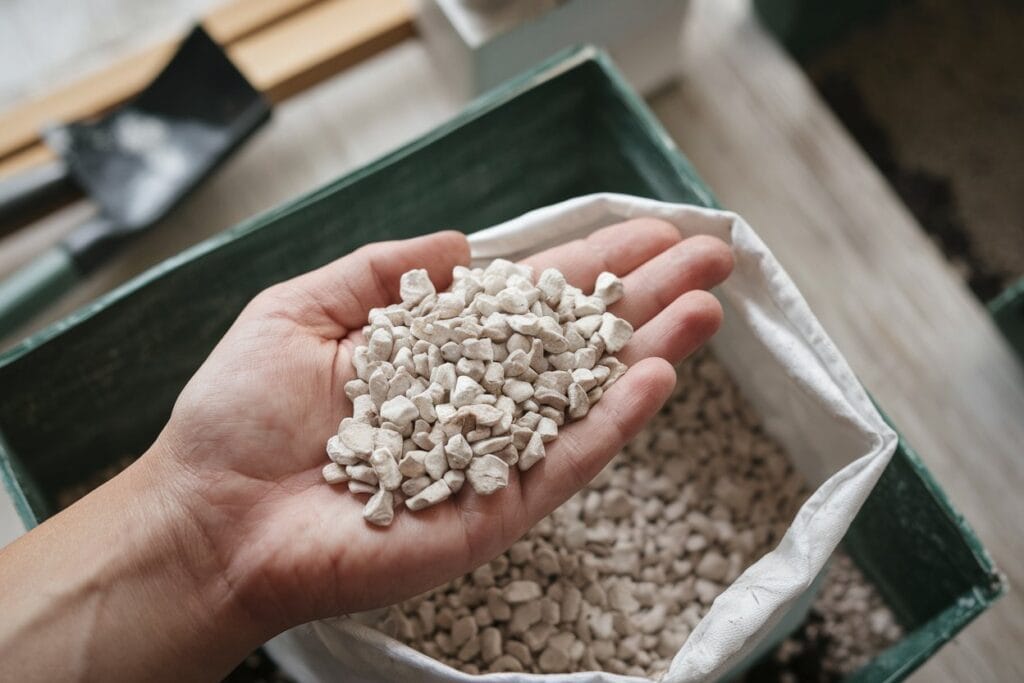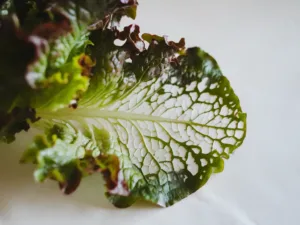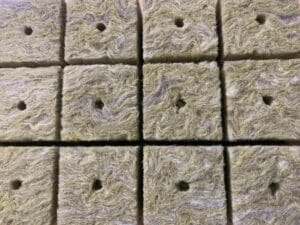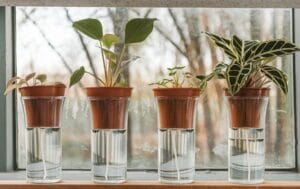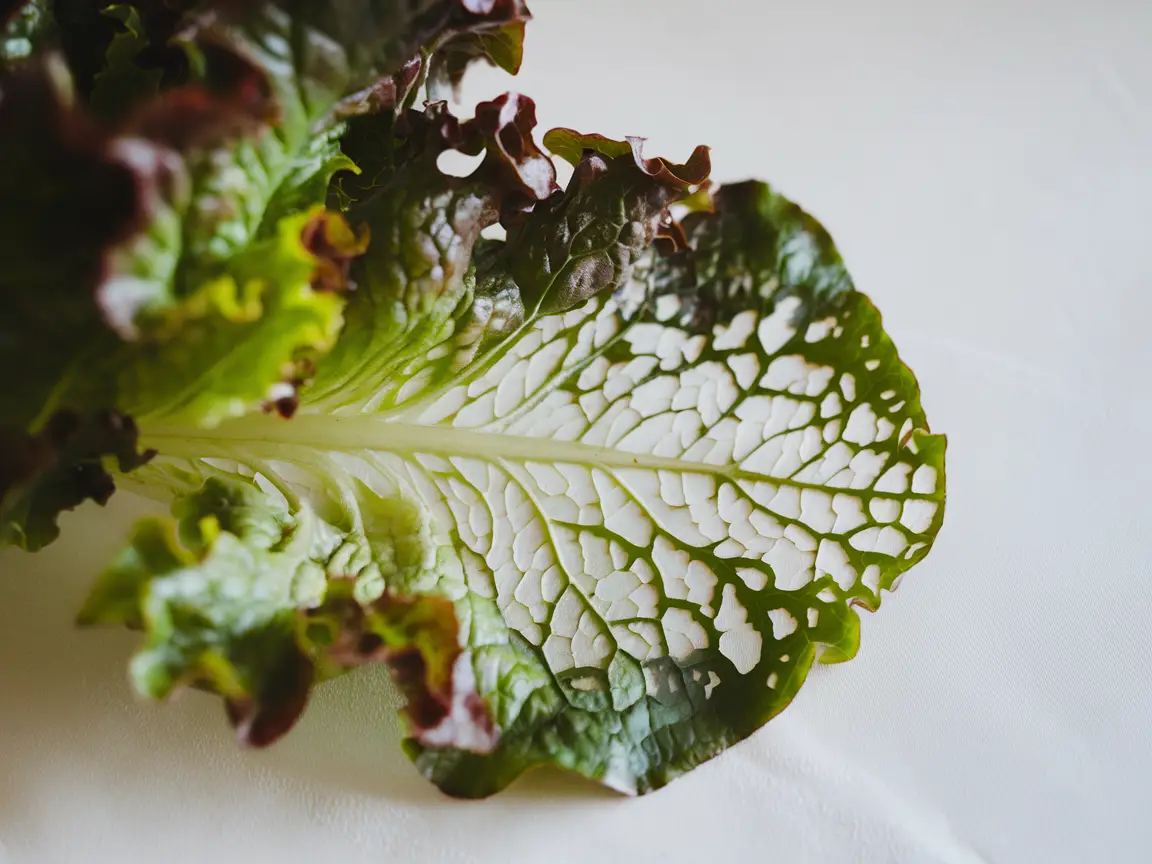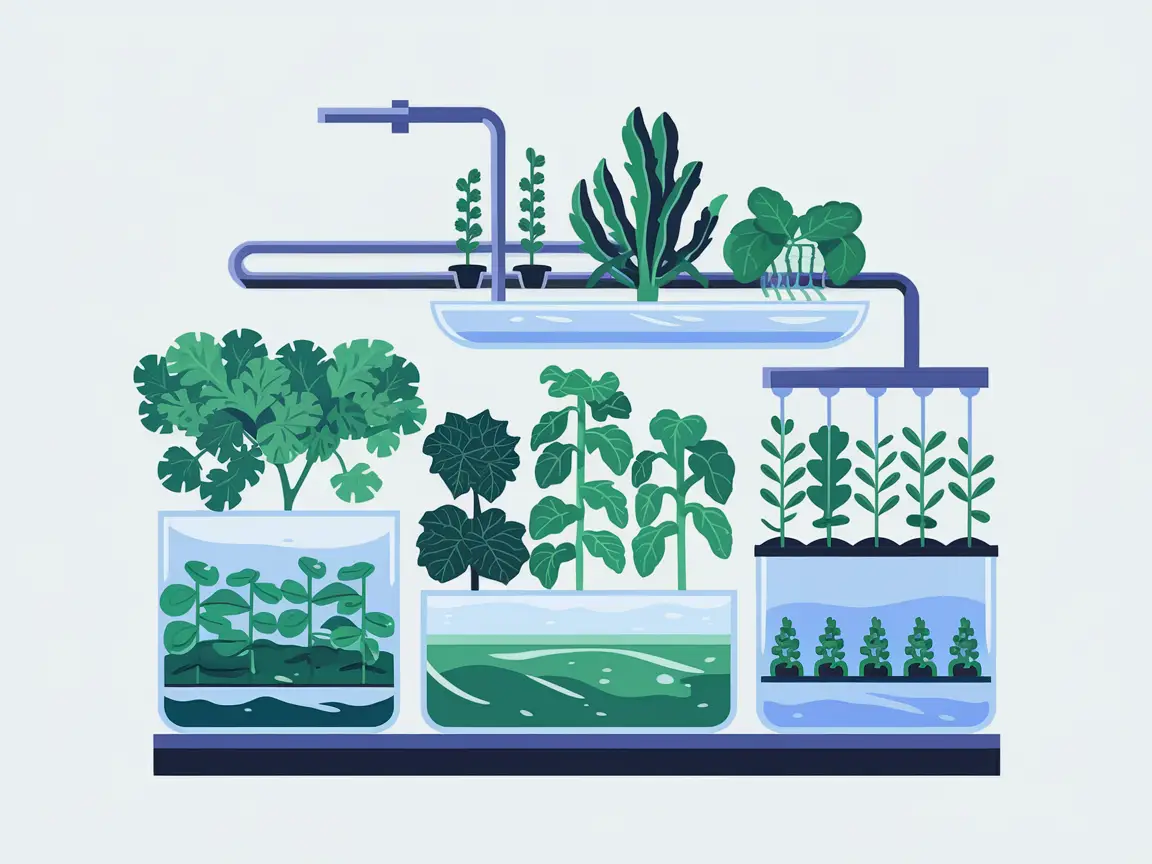What is Perlite?
Perlite is a naturally occurring volcanic rock formed by the rapid cooling of lava. When heated to around 900°C, the rock expands like popcorn into the lightweight, porous white granules we know as perlite. This material is sterile, pH-neutral, and has high water retention, making it an ideal substrate for various hydroponic applications.
Why Use Perlite in Hydroponics?
Perlite has become a popular substrate in hydroponics due to its unique properties. Here are some reasons why many gardeners and hydroponic farmers choose perlite:
- Excellent Drainage and Aeration: Perlite’s extremely porous structure allows for excellent drainage and provides great aeration for the roots, reducing the risk of root rot—especially important in hydroponic systems with constant water flow.
- Lightweight and Easy to Handle: Unlike heavier substrates like clay pebbles or coconut coir, perlite is very light. This makes it easy to transport and handle, which is especially practical for large setups or when changing substrates.
- pH-Neutral and Inert: Perlite is chemically inert and has a neutral pH. This means it doesn’t release or store nutrients, allowing you complete control over nutrient delivery to your plants.
- Long-Lasting: As a non-biodegradable material, perlite has a long lifespan and can last through multiple growth cycles. It doesn’t break down or lose its structure over time.
Challenges of Using Perlite
While perlite offers many benefits, there are some challenges you should be aware of:
- Dust: One of the most common issues with perlite is dust formation. The fine particles generated during handling can be irritating to the eyes and respiratory system, so always wear a dust mask and rinse perlite thoroughly before use to minimize dust.
- Low Water Retention Compared to Other Substrates: While perlite offers good drainage, it retains less water than substrates like coconut coir or rock wool. This may require more frequent watering or mixing with other substrates to better regulate moisture.
- Can Easily Wash Away: Due to its lightweight nature, perlite can be washed away in certain hydroponic systems like ebb and flow systems or under heavy watering. This can lead to substrate loss and potential plant health issues.
The Different Grades of Perlite
Perlite is available in different sizes and densities, suitable for various applications:
- Fine Perlite: These smaller particles offer higher water retention and are ideal for seed germination or seedling growth.
- Medium Perlite: The most commonly used size, providing a balance of drainage and aeration, and is suitable for general use in hydroponic systems for growing herbs, vegetables, and flowers.
- Coarse Perlite: Coarse perlite offers the best drainage and aeration, ideal for larger plants needing stronger root development. It’s often mixed with other substrates to enhance structure and drainage.
Using Perlite in Hydroponic Systems
Perlite can be used in many types of hydroponic systems. Here are some common applications:
- Mixing with Other Substrates: Perlite is often mixed with other substrates like vermiculite, coconut coir, or rock wool. These combinations help balance water retention and aeration based on specific plant needs.
- Net Pots and Seedling Trays: Due to its lightweight and excellent drainage, perlite is ideal for use in net pots and seedling trays. It promotes good root development and is easy to handle when transplanting seedlings into larger systems.
- Ebb and Flow Systems: In ebb and flow systems, perlite is often used as a primary substrate because it quickly absorbs and releases water. Its light structure allows water to flow through it easily, reducing the risk of root rot.
- Pot and Container Cultures: Perlite is frequently used in containers or pots with other substrates. It enhances drainage and prevents soil compaction, leading to better oxygen supply for the roots.
Preparing and Maintaining Perlite
To get the best results from perlite in your hydroponic system, some preparation is necessary:
- Rinsing: Rinse perlite thoroughly before use to remove dust and fine particles. This helps improve air quality in your grow space and minimizes irritation.
- Mixing with Other Substrates: If combining perlite with other substrates, mix well to ensure even distribution. This improves overall water and nutrient distribution in your hydroponic system.
- Monitoring Moisture Levels: Since perlite drains quickly, monitor moisture levels regularly to ensure plants are always well-watered. In hot or dry environments, more frequent watering may be necessary.
Health and Safety When Using Perlite
Perlite is generally safe to use, but some precautions should be taken:
- Avoid Dust: As mentioned, perlite can be dusty. Wear a dust mask and goggles when handling dry perlite to avoid eye and respiratory irritation.
- Proper Disposal: Since perlite is not biodegradable, dispose of it properly after long-term use. You can also repurpose it in the garden as a soil amendment to improve aeration.
Is Perlite Sustainable?
Perlite is a natural material expanded through heating. While not biodegradable, it’s more eco-friendly than some synthetic substrates like rock wool. Perlite is reusable and can be recycled for different applications. However, frequent replacement can lead to increased waste, so conscious use and repurposing it in various gardening projects can enhance its sustainability.
Is Perlite the Right Substrate for Your Hydroponics Setup?
Perlite is a versatile and lightweight substrate, especially suited for systems requiring excellent drainage and aeration. It is pH-neutral, easy to handle, and long-lasting. If you’re prepared to manage some of its challenges, like dust formation and limited water retention, perlite could be an excellent choice for your hydroponic system.
You have control over nutrients and the flexibility to use it in various hydroponic configurations—perlite offers reliability and versatility. Give it a try and discover how this simple substrate can take your hydroponic garden to the next level!

